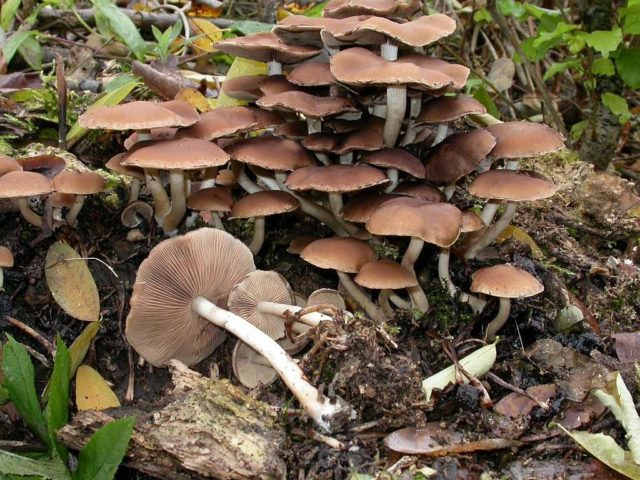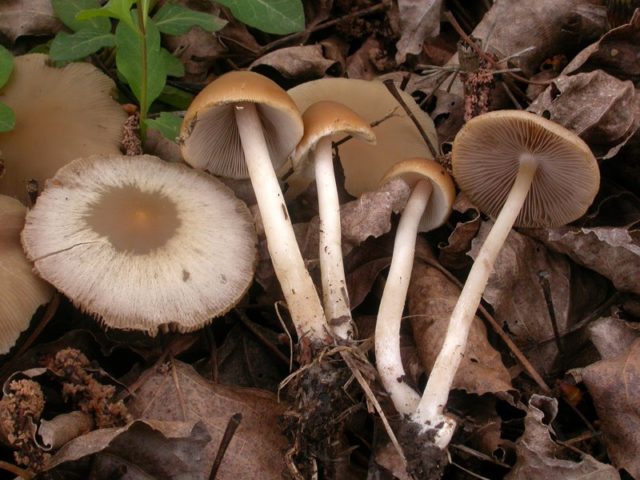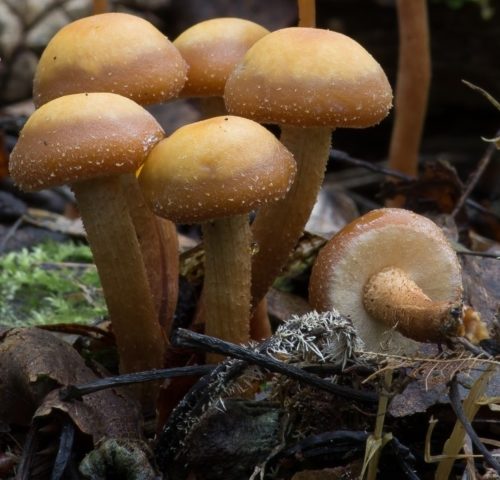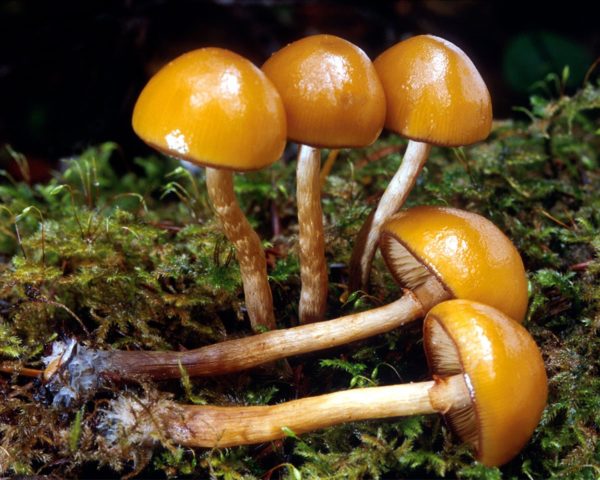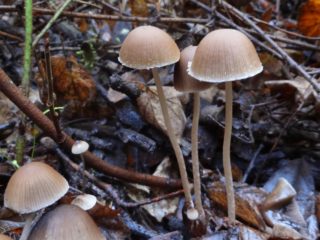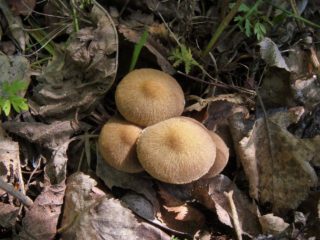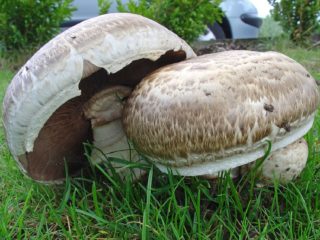Content
Psatirella water-loving (Psatirella globulus) is a mushroom that is popularly called watery fungus or hydrophilic frogwort. It is not of particular value to humans, but it must be recognized so as not to be collected together with useful fruits. The official name is Psathyrella piluliformis.
Where do water-loving psatirellas grow?
Psatirella globose (water-loving) are widespread everywhere. They are found in any region of the Russian Federation (in the Urals, Far East, Siberia).The mycelium settles on the remains of wood, stumps, and in damp low-lying places. Most often they can be found in deciduous forests; in coniferous forests they are less common.
The representative grows in families or even entire colonies; it is not found alone. Fruiting begins in late summer and continues until early October; some varieties can be found in November.
What do water-loving psatirellas look like?
You can recognize psatirella water-loving by its characteristic features. In young fruits that have recently appeared, the cap is convex, spherical, and may be bell-shaped. As it ripens, it opens up and becomes semi-prostrate. At a young age, the cap is small, its diameter does not exceed 6 cm. In specimens that have just appeared, it is only about 2 cm.
The pulp is creamy-white in color without a pronounced taste or smell. It is thin, but dense and unbreakable. The plates are densely located, adherent to the stem. In a young fetus they are light, but gradually darken. In adult specimens, the plates become dark brown. The spores are dark purple in color.
The leg of the spherical psatirella is thin and high. Its length reaches 8 cm. However, it is elastic, dense, although hollow inside. It is most often colored in a light cream shade, somewhat paler than the skin of the cap. In the upper part of the leg there is a false ring - the remains of a bedspread. The entire surface is covered with a powdery coating. Most often, the legs of the water-loving fragile fish are straight, but sometimes they are curved.
The color of the mushroom generally depends on the climate of the area and weather conditions. During heavy rains, the cap turns chocolate. During periods of severe drought, the color changes to light cream.
Is it possible to eat psatirella globulus?
This mushroom is not considered poisonous, but it is not eaten. The edibility of this representative is questionable. In the specialized literature it is classified as a conditionally edible variety.
The water-loving (spherical) brittle is not used in cooking, nor in folk medicine, so it is of no value.
How to distinguish psatirella globulus
Psatirella globulus bears similarities to some edible varieties. She reminds:
- gray-brown psatirella;
- summer honey fungus.
And also with another representative:
- gallerina bordered.
You can distinguish water-loving brittleweed from its counterparts by the characteristic color of the skin and growing conditions. Gray-brown psatirella grows in groups, but not so crowded. The skin of its cap has a grayish tint, and the lower surface is white. The leg of the double is covered with scales, the characteristic powdery coating is absent.
Some argue that there is a similarity with summer honey fungus. It also has a hygrophanic cap, which is capable of absorbing moisture, but that’s where all the similarities end. These mushrooms have more differences than similarities. The colors are similar, but the shape of the cap and other characteristics vary. The pulp of the honey mushroom is thin and watery. The cap is uneven at the edges and has grooves. The surface is disgusting, covered with mucus.
The external resemblance of the globular fraglet is noticeable with the mushroom galerina fringed. The only significant difference between them is the color of the spores. The double's are brown. Galerina grows bordered by small groups of 2-3 mushrooms.Otherwise, the fruits are similar, grow in the same conditions, and bear fruit at the same time.
Conclusion
Psatirella water-loving (Psatirella globulus) is a mushroom that is best avoided. It has poisonous counterparts, the consumption of which is harmful to health. The fragile fruit itself is of no value to humans.
